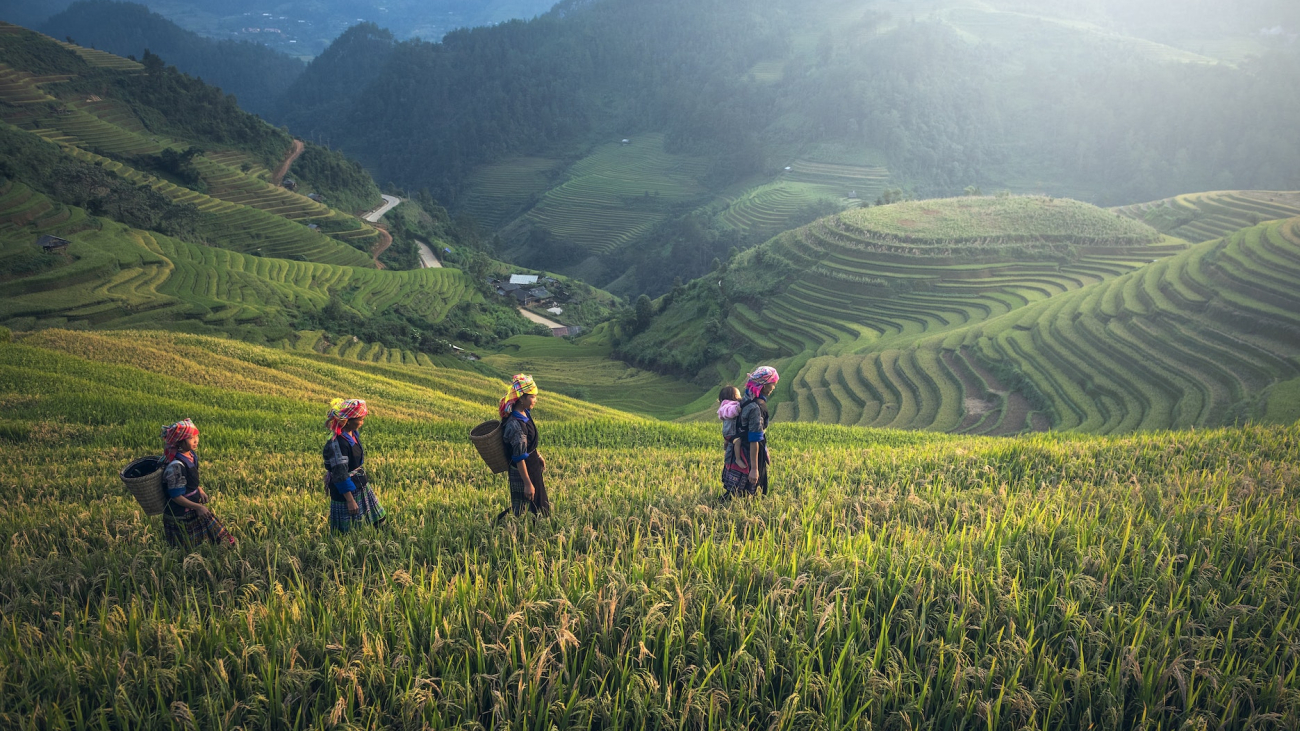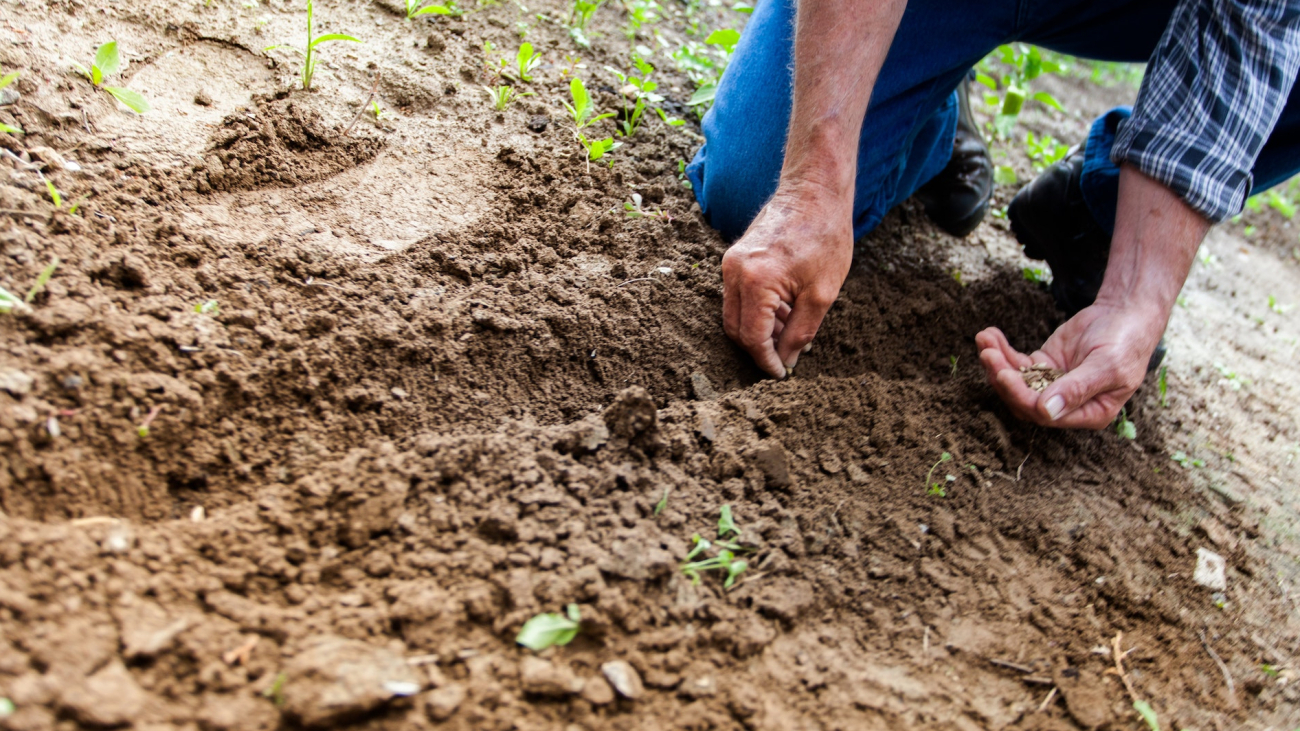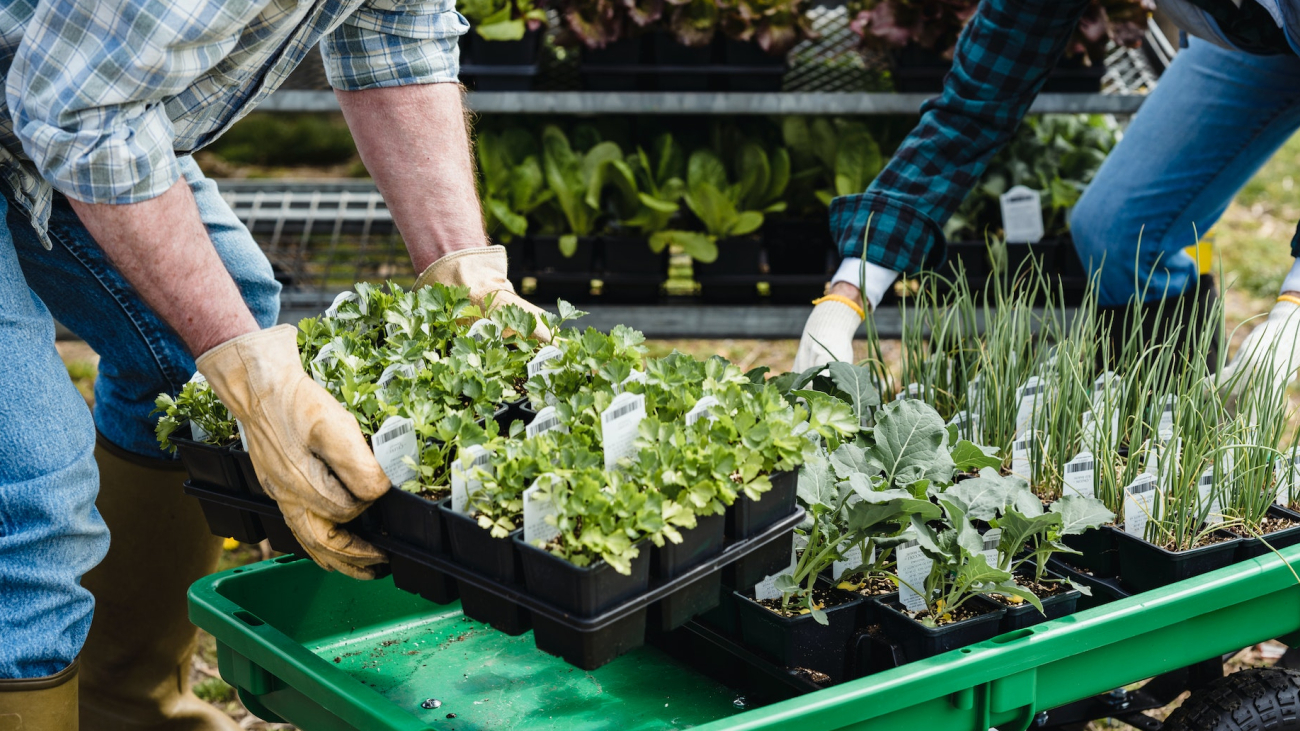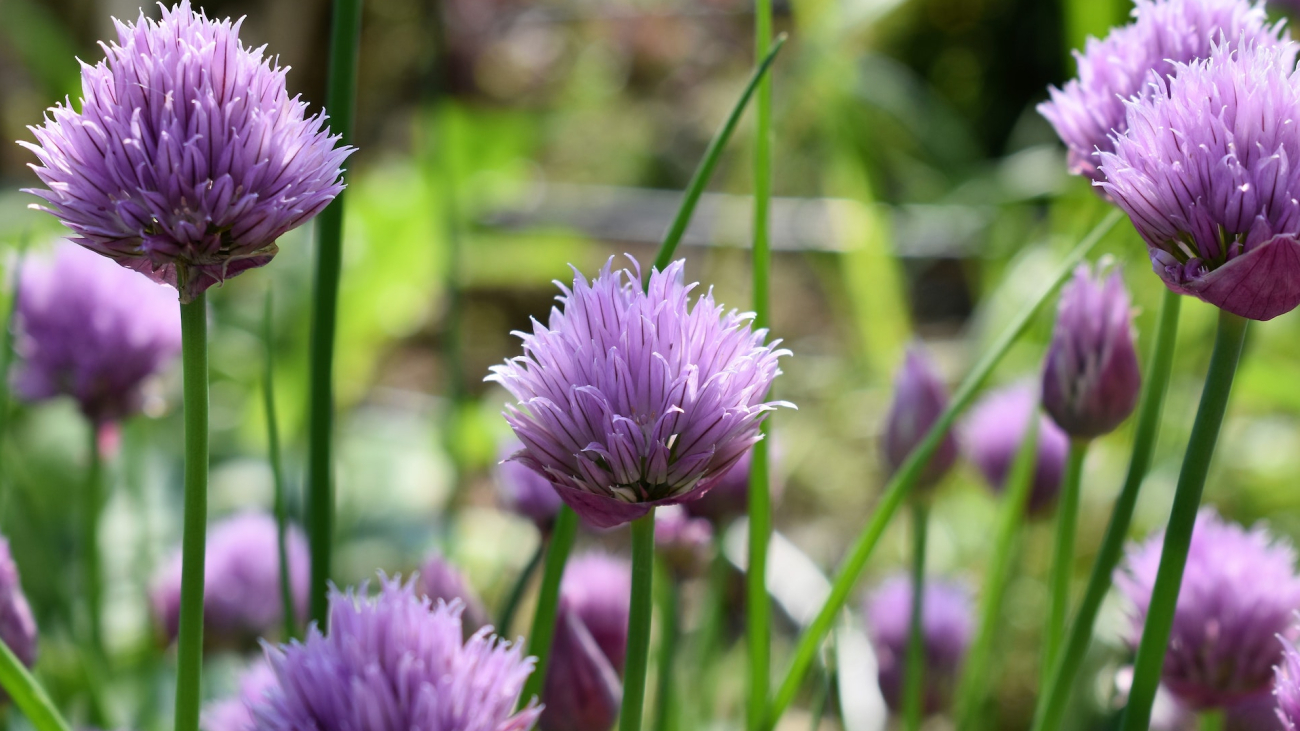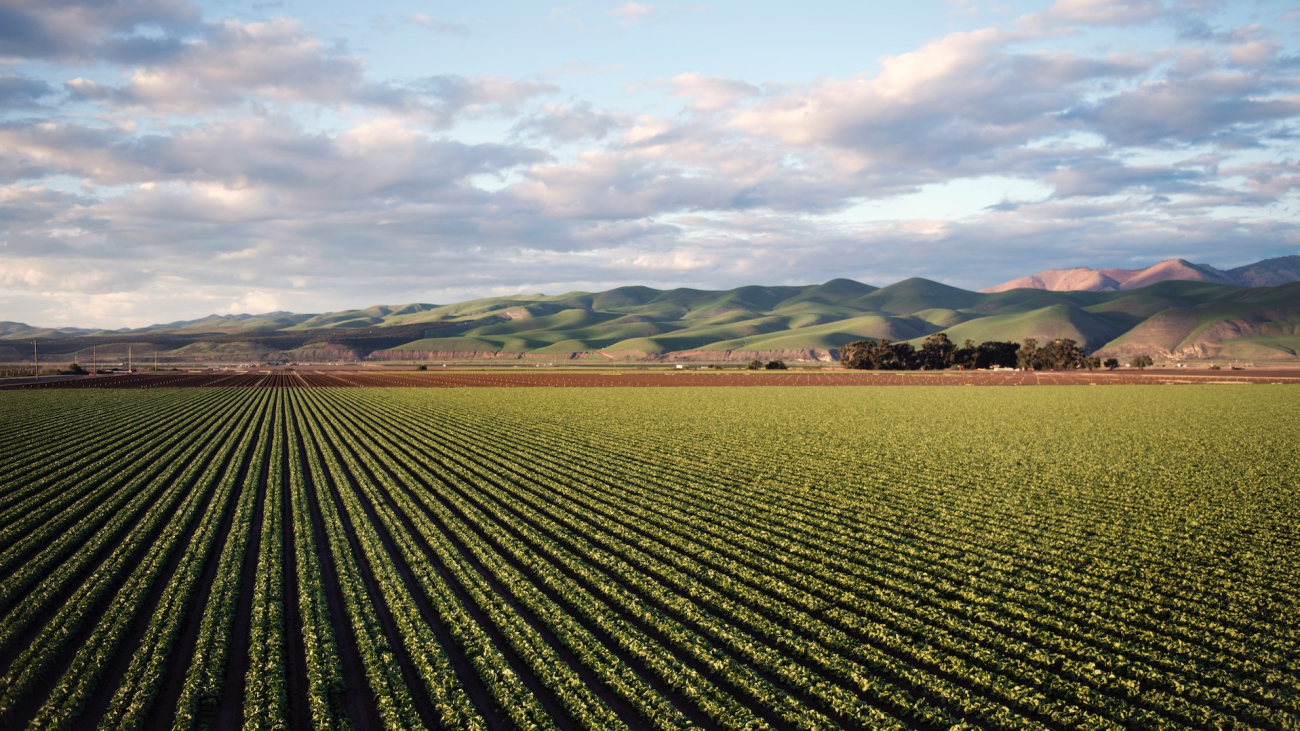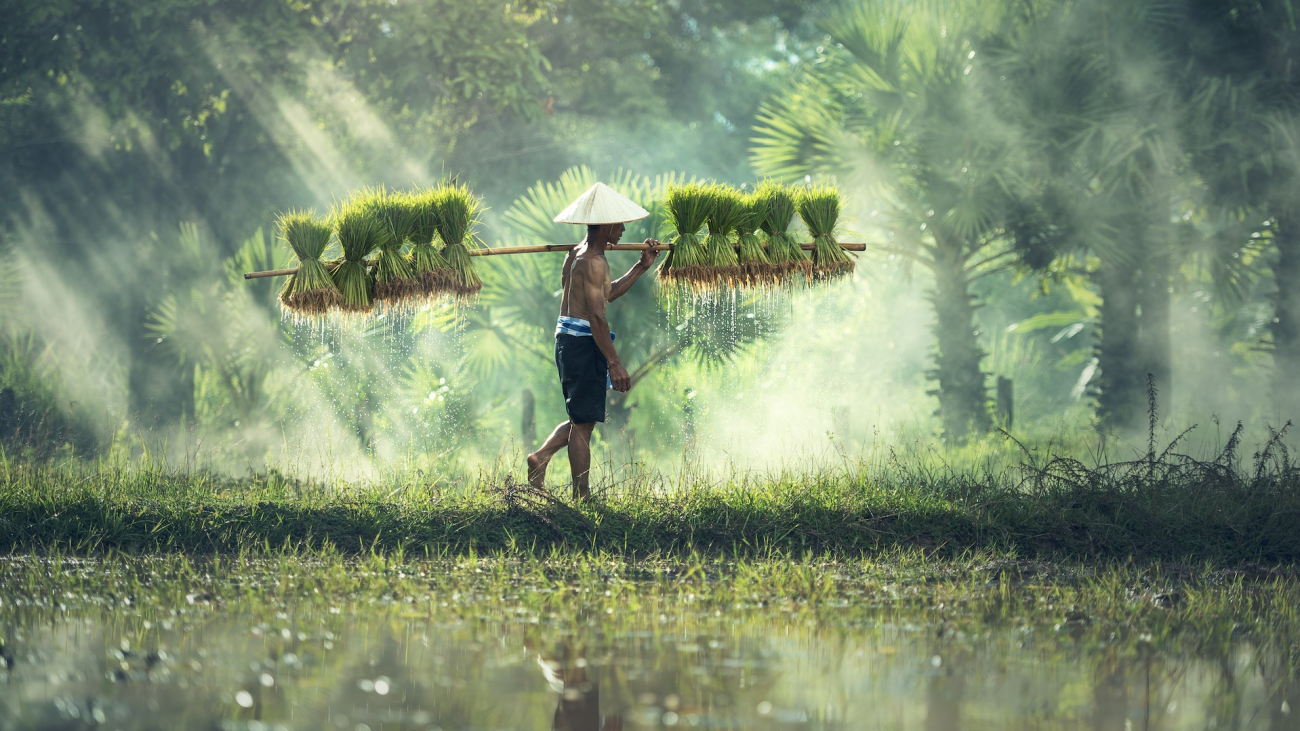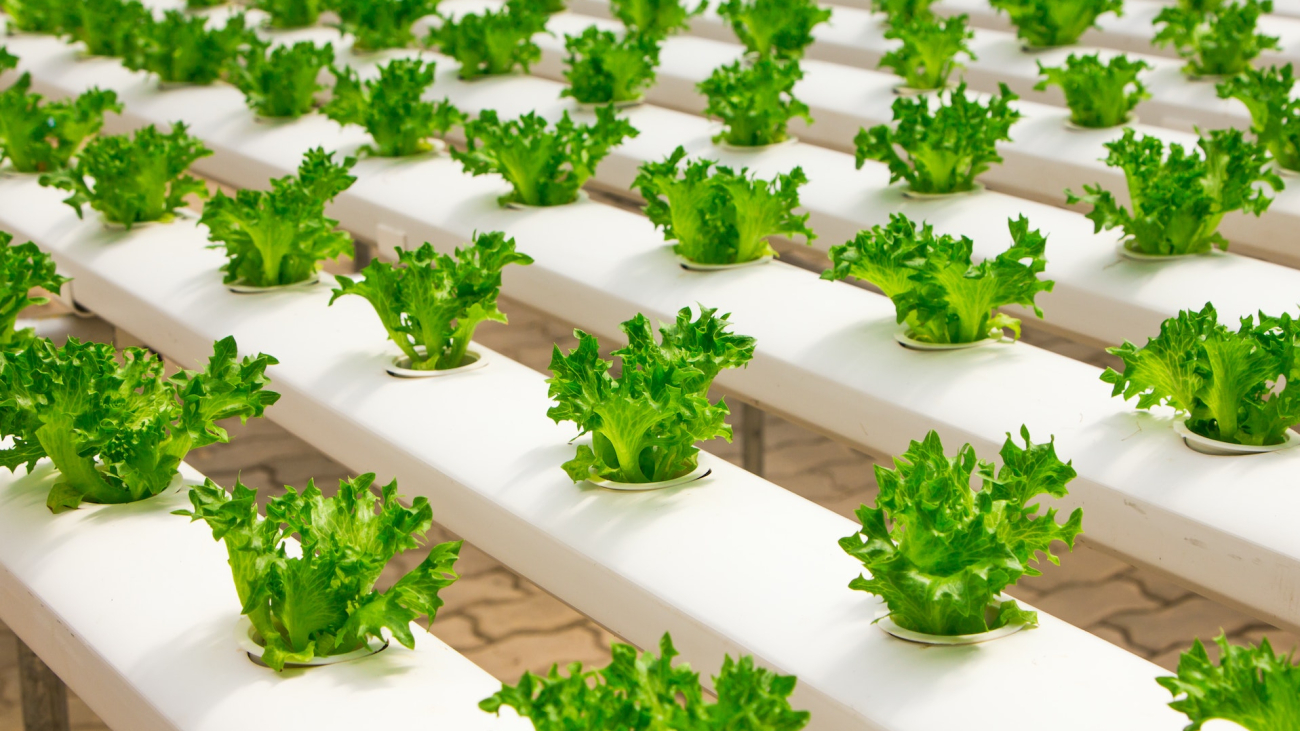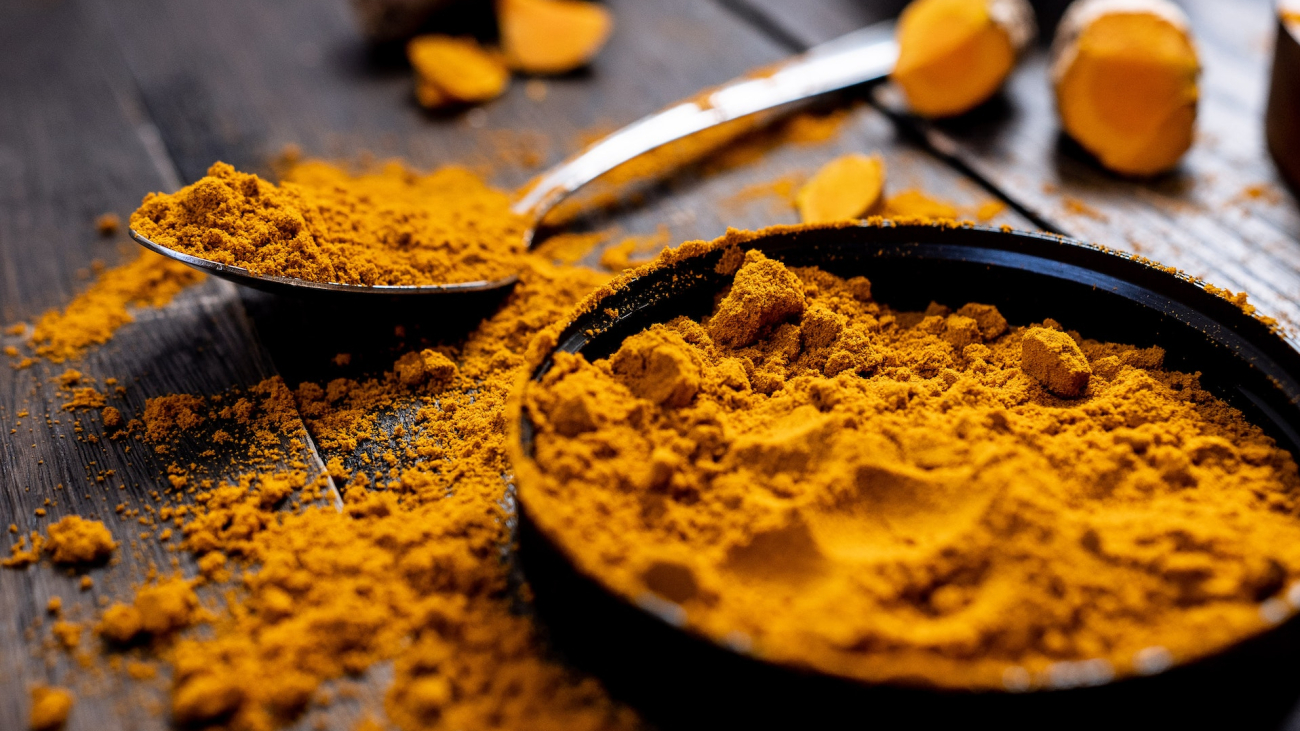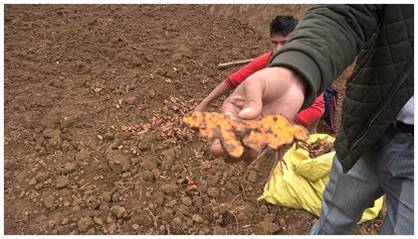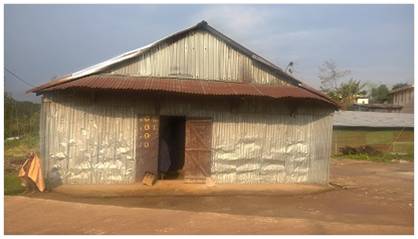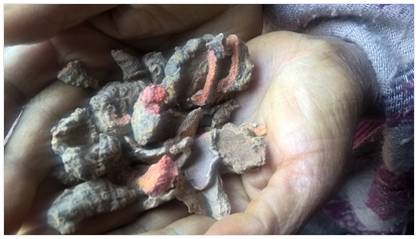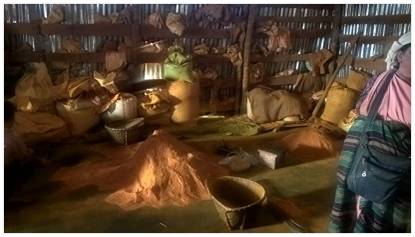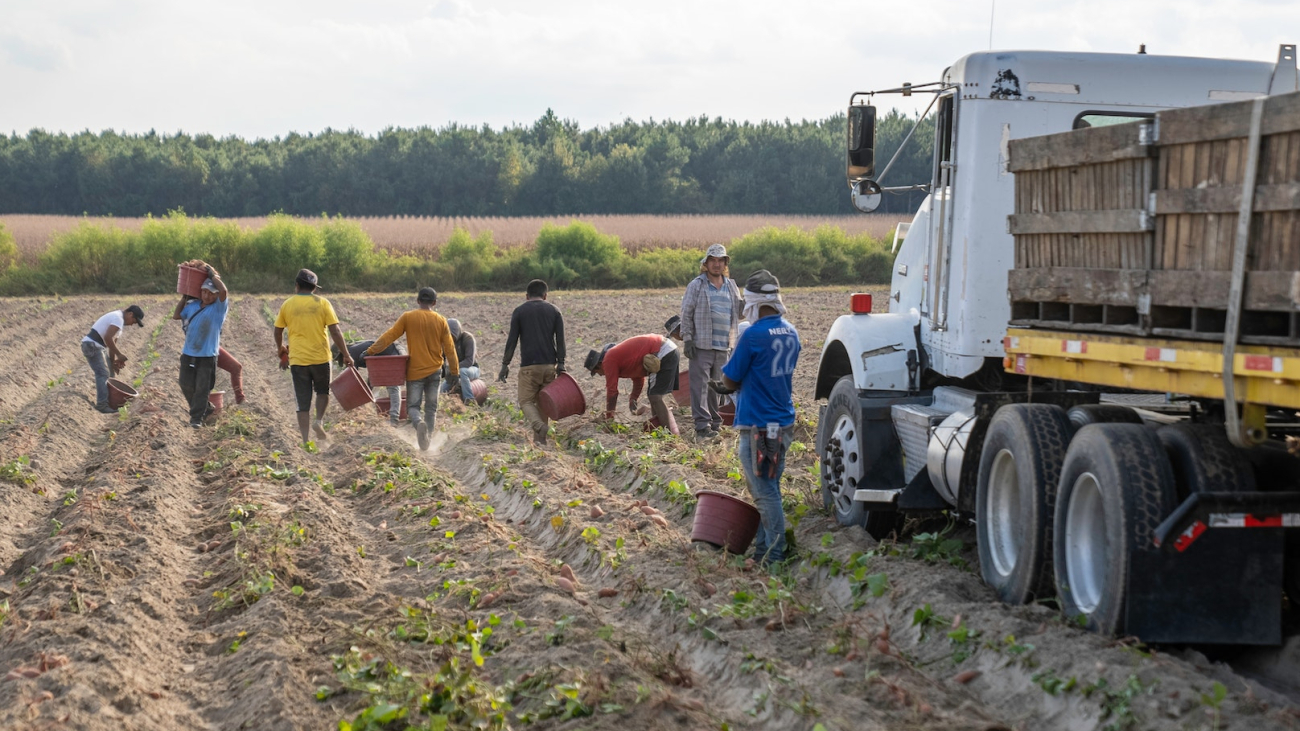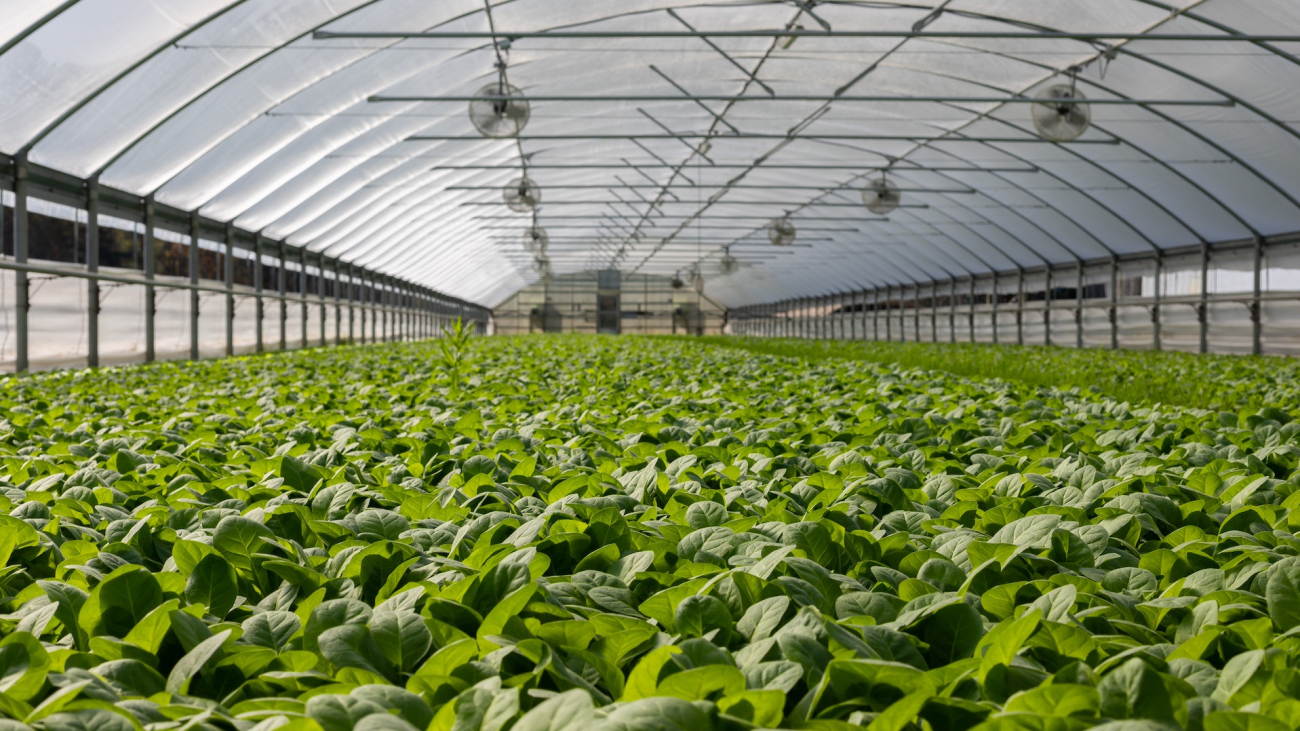Organic Agriculture – A definition
“Organic agriculture is a production system that sustains the health of soils, ecosystems and people. It combines tradition, innovation and science to benefit the shared environment.”
The North Eastern Region is well endowed with natural resources and sustainable agro-climatic conditions for agro-based produce.
• The Region comprises of eight states viz. Assam, Arunachal Pradesh, Meghalaya, Manipur, Nagaland, Tripura, Mizoram & Sikkim
• Most of the farmers in these states practice traditional methods of ‘Jhum’ cultivation commonly known as ‘slash & burn’; which is around 70% of the cropped area, especially in the hill states
• Large areas covered by forests
• Spices are cultivated in several states of the North East, primarily in hilly areas, away from main towns and cities. Terrain is hilly with layers of terraced cultivation involving multiple crops in the valleys
• Holdings are of minimum size – farmers are willing to increase area under cultivation subject to assured orders
• Generations have been involved in farming of various horticultural and other items employing basic methods
• Scope for introducing of improved and cost effective methods
• Road conditions in hills restrict movement of bulk products
• Farmers comprise primarily of tribals, wherein almost entire villages are engaged in farming


